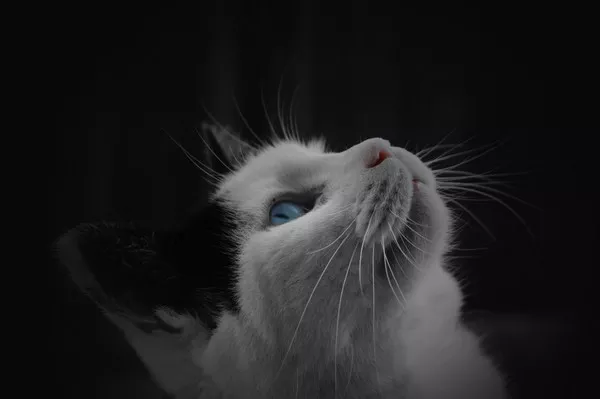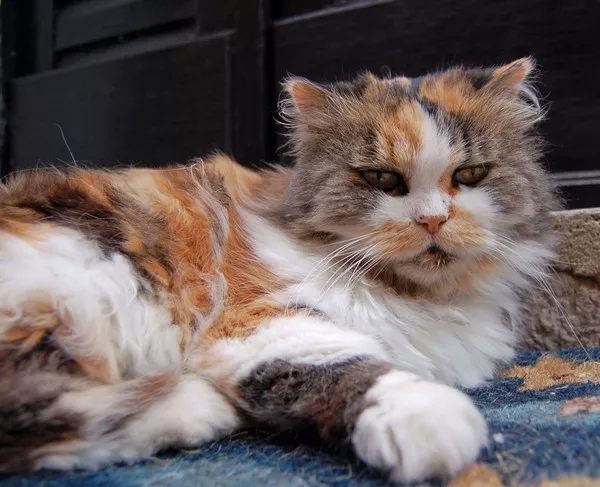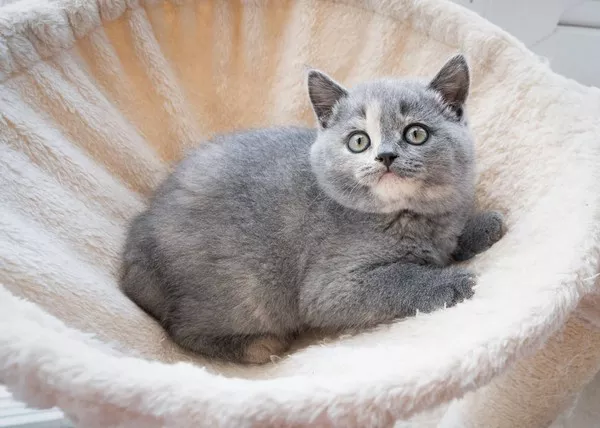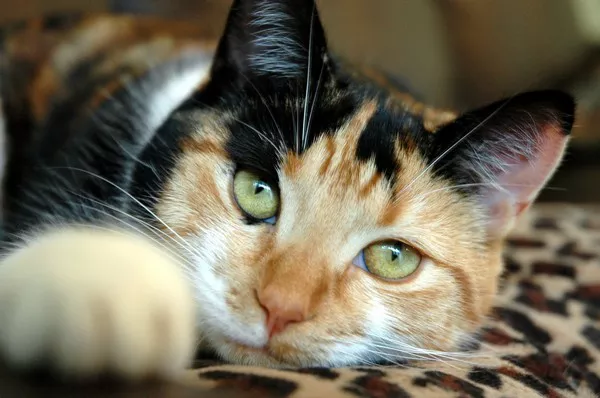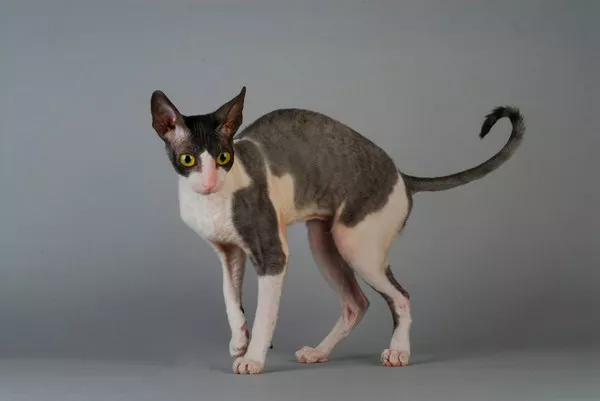British Shorthair cats are celebrated for their charming appearance, sturdy build, and affectionate nature. Yet, when it comes to water, these feline companions often leave their owners with perplexing questions. Do British Shorthair cats like water, or are they among the many cat breeds that vehemently avoid it? In this comprehensive article, we will delve into the aquatic tendencies, or lack thereof, of British Shorthair cats, exploring the reasons behind their behaviors and offering tips for those who wish to introduce their furry friends to water in a gentle and positive way.
The General Perception of Cats and Water:
Cats, as a species, are not renowned for their affinity for water. This reputation is rooted in their evolutionary history as desert-dwelling animals. Their ancestors, who roamed arid landscapes, did not encounter large bodies of water frequently. As a result, modern cats tend to approach water with caution and skepticism.
However, it’s essential to remember that each cat is an individual with its own unique preferences and tolerances. While some cats may outright despise water, others may tolerate it to varying degrees, and a few might even enjoy it.
Understanding British Shorthair Cats:
Before delving into British Shorthair cats’ relationship with water, let’s first understand the breed itself. British Shorthair cats are known for their distinctive appearance, characterized by round faces, dense and plush coats, and stocky bodies. They have a gentle and easygoing temperament, making them popular as family pets.
British Shorthair Cats and Water:
British Shorthair cats, like many other domestic cat breeds, generally do not have a natural affinity for water. However, their specific reaction to water can vary from one cat to another. Here are some common scenarios involving British Shorthair cats and water:
Avoidance: Many British Shorthair cats, like their feline counterparts, tend to avoid water whenever possible. They may express their displeasure with vocal protests, frantic movements, or attempts to escape.
Minimal Tolerance: Some British Shorthair cats may tolerate water in small doses, such as during a necessary bath. However, their tolerance is often limited, and they may still display signs of discomfort.
Exploration: A few British Shorthair cats may exhibit curiosity and cautiously approach water sources, such as a dripping faucet or a filled bathtub. However, their interaction is typically more investigative than playful.
Enjoyment: While relatively rare, some British Shorthair cats may actually enjoy water to a certain extent. These cats might play with water droplets, paw at running faucets, or even dip their paws into a shallow bowl of water.
Why Are British Shorthair Cats Cautious Around Water?
The cautious approach of British Shorthair cats, and cats in general, toward water can be attributed to several factors:
Evolutionary History: As previously mentioned, cats evolved in arid environments where water sources were limited. Their ancestors didn’t have a natural need to swim or immerse themselves in water.
Hydrophobic Fur: Cats have a dense coat of fur that isn’t well-suited for getting wet. When wet, their fur becomes heavy, and it can take a long time to dry. This can be uncomfortable for the cat and may lead to a chill.
Self-Grooming: Cats are meticulous groomers and typically clean themselves by licking. Their saliva contains enzymes and compounds that are effective at cleaning and removing dirt from their fur. Getting wet disrupts this self-grooming process.
Lack of Control: Cats prefer to have control over their environment and actions. Water can make them feel vulnerable, as they have limited mobility and may struggle to stay afloat.
Introducing British Shorthair Cats to Water:
If you have a British Shorthair cat and wish to introduce them to water in a positive and gentle way, consider these tips:
Start Slowly: Begin by allowing your cat to explore water in a controlled environment. For example, you can fill a shallow basin with a small amount of water and let your cat investigate at their own pace.
Use Positive Reinforcement: Reward your cat with treats, praise, or playtime for calm behavior around water. This positive association can help reduce their fear.
Gradual Exposure: If you need to bathe your cat, start with a damp cloth or a gentle mist of water rather than full immersion. Gradually increase the amount of water as your cat becomes more comfortable.
Provide Safety: Ensure your cat feels secure during any water interaction. Place a non-slip mat in the sink or bathtub to prevent slipping, and use a gentle and cat-friendly shampoo.
Be Patient: Understand that some cats may never fully embrace water, and it’s essential to respect their boundaries. Forcing a cat into water can lead to stress and anxiety.
Consult a Professional: If you’re unsure how to bathe your British Shorthair cat or need assistance, consult a professional groomer or your veterinarian for guidance.
Conclusion:
British Shorthair cats, like many other domestic cat breeds, typically approach water with caution and may prefer to keep their paws dry. Their aversion to water can be attributed to their evolutionary history, fur characteristics, and natural instincts.
While some British Shorthair cats may tolerate water to varying degrees, it’s crucial to respect their individual preferences and comfort levels. If you wish to introduce your British Shorthair cat to water, do so gradually and with patience, using positive reinforcement to create a positive association with water-related experiences.
Ultimately, whether your British Shorthair cat becomes a water-loving enthusiast or remains a cautious observer, their unique personality and the bond you share with them will always be the most defining aspect of your relationship.


